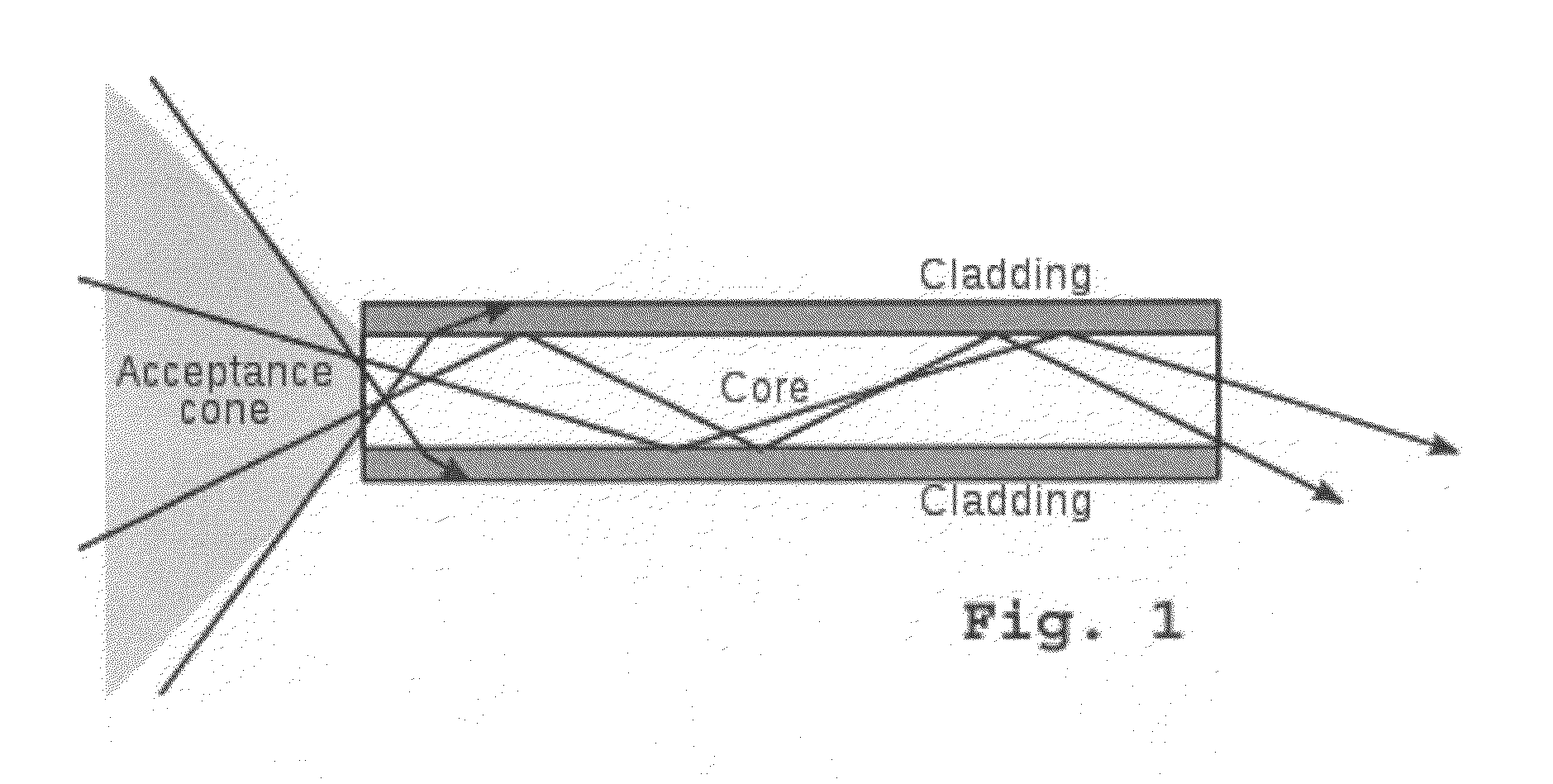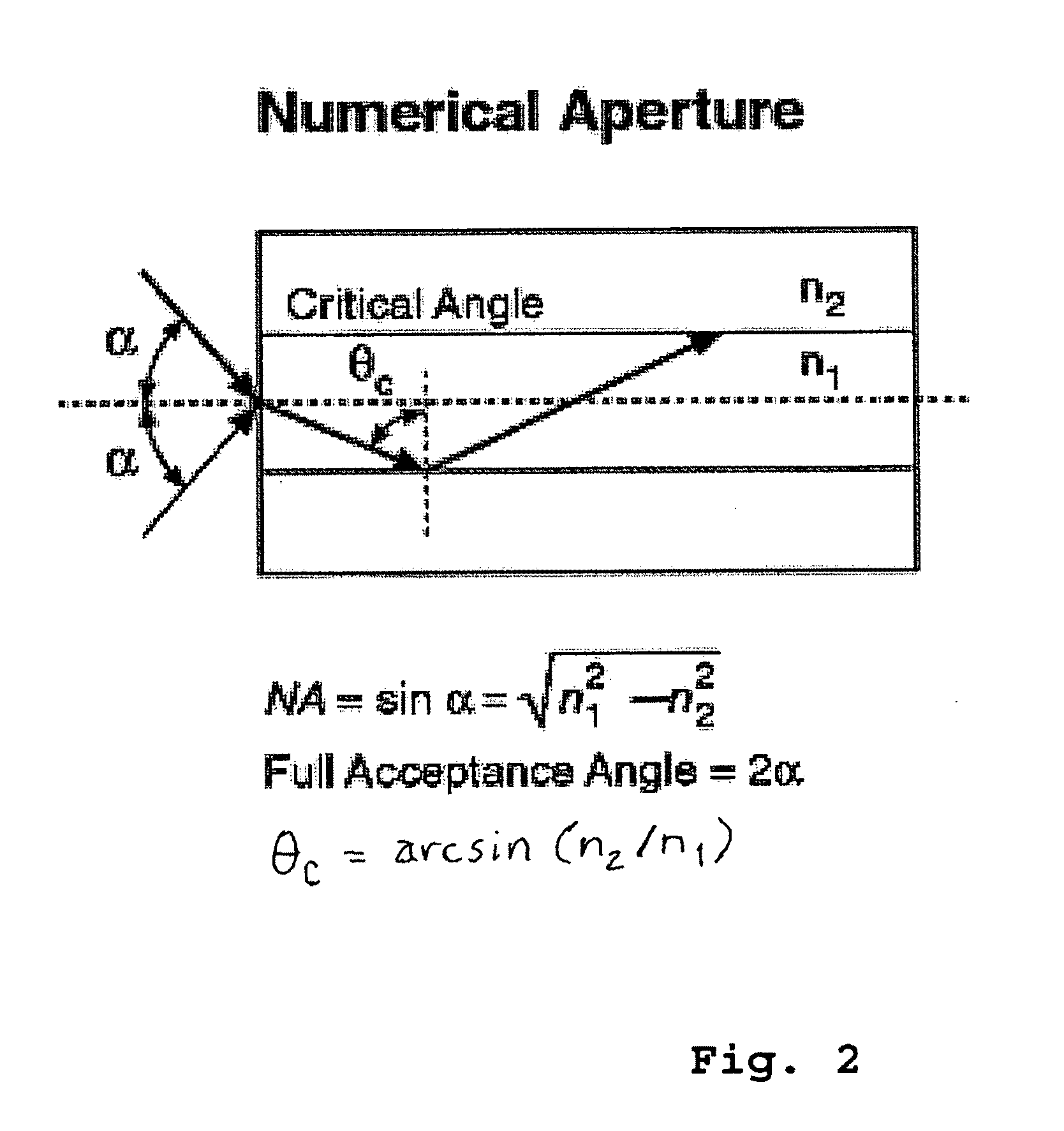Phototherapy mask
- Summary
- Abstract
- Description
- Claims
- Application Information
AI Technical Summary
Benefits of technology
Problems solved by technology
Method used
Image
Examples
Embodiment Construction
[0033]The following detailed description of the preferred embodiment is meant to be illustrative of one specific design of the present invention. The number and arrangement of the components described herein is not intended to limit the scope of the invention. The number and arrangement of components can be altered to conform to various treatment and dosage requirements. Therefore, the detailed design presented herein is presented for exemplary purposes only.
[0034]Referring to FIG. 5, the phototherapy mask representing the preferred embodiment of the present invention 10 comprises a perimeter 11, which is an annular sheet of elastically deformable plastic material that is attached to the circumference of a hub 12, which is a circular, elliptical or oval sheet of flexible, transparent plastic having a refractive index greater than 1.5. Attached to the perimeter 11 are twelve light modules 13, each of which is coupled to one end of one of six fiber-optic bundles 14. Each fiber-optic b...
PUM
 Login to View More
Login to View More Abstract
Description
Claims
Application Information
 Login to View More
Login to View More - R&D
- Intellectual Property
- Life Sciences
- Materials
- Tech Scout
- Unparalleled Data Quality
- Higher Quality Content
- 60% Fewer Hallucinations
Browse by: Latest US Patents, China's latest patents, Technical Efficacy Thesaurus, Application Domain, Technology Topic, Popular Technical Reports.
© 2025 PatSnap. All rights reserved.Legal|Privacy policy|Modern Slavery Act Transparency Statement|Sitemap|About US| Contact US: help@patsnap.com



